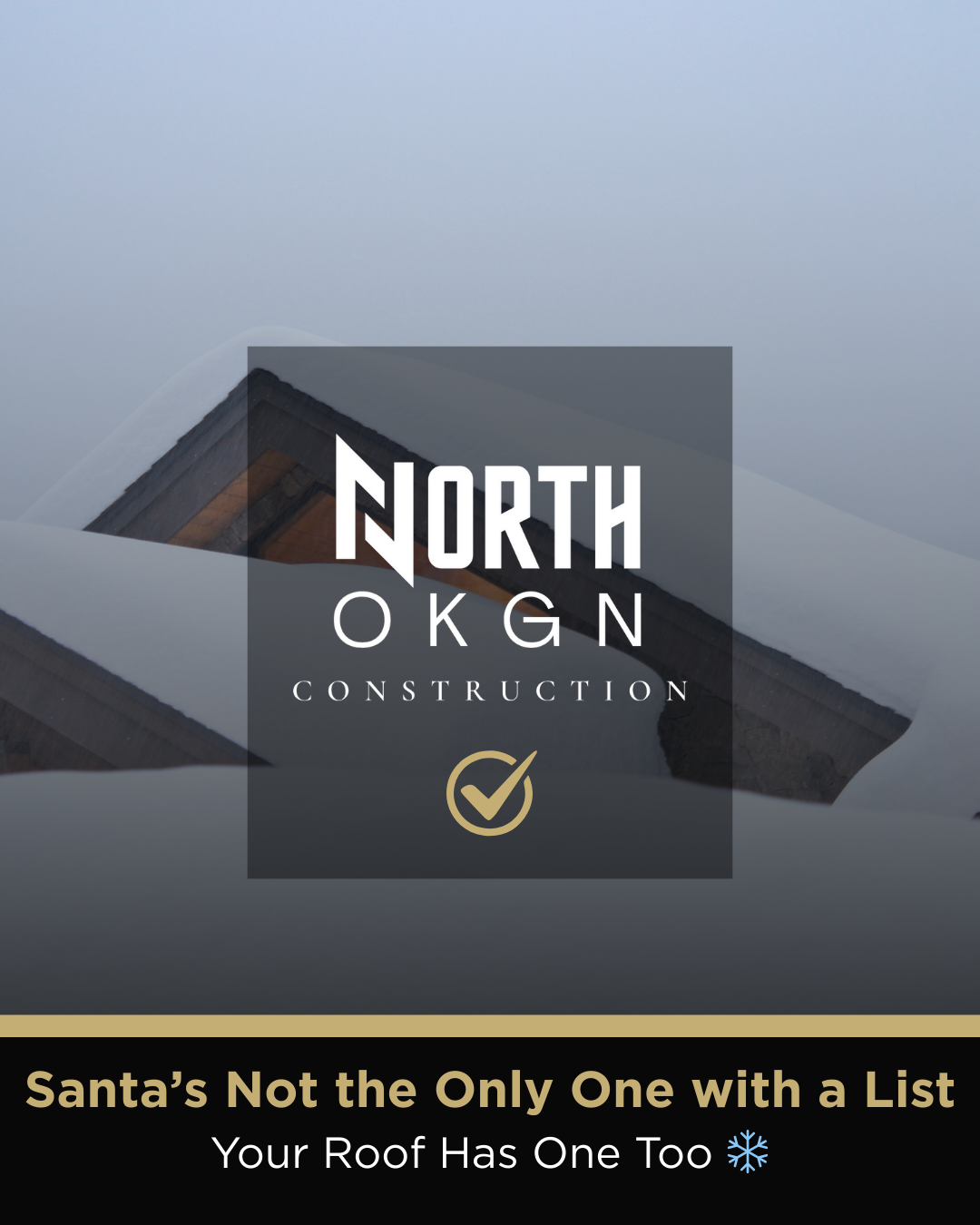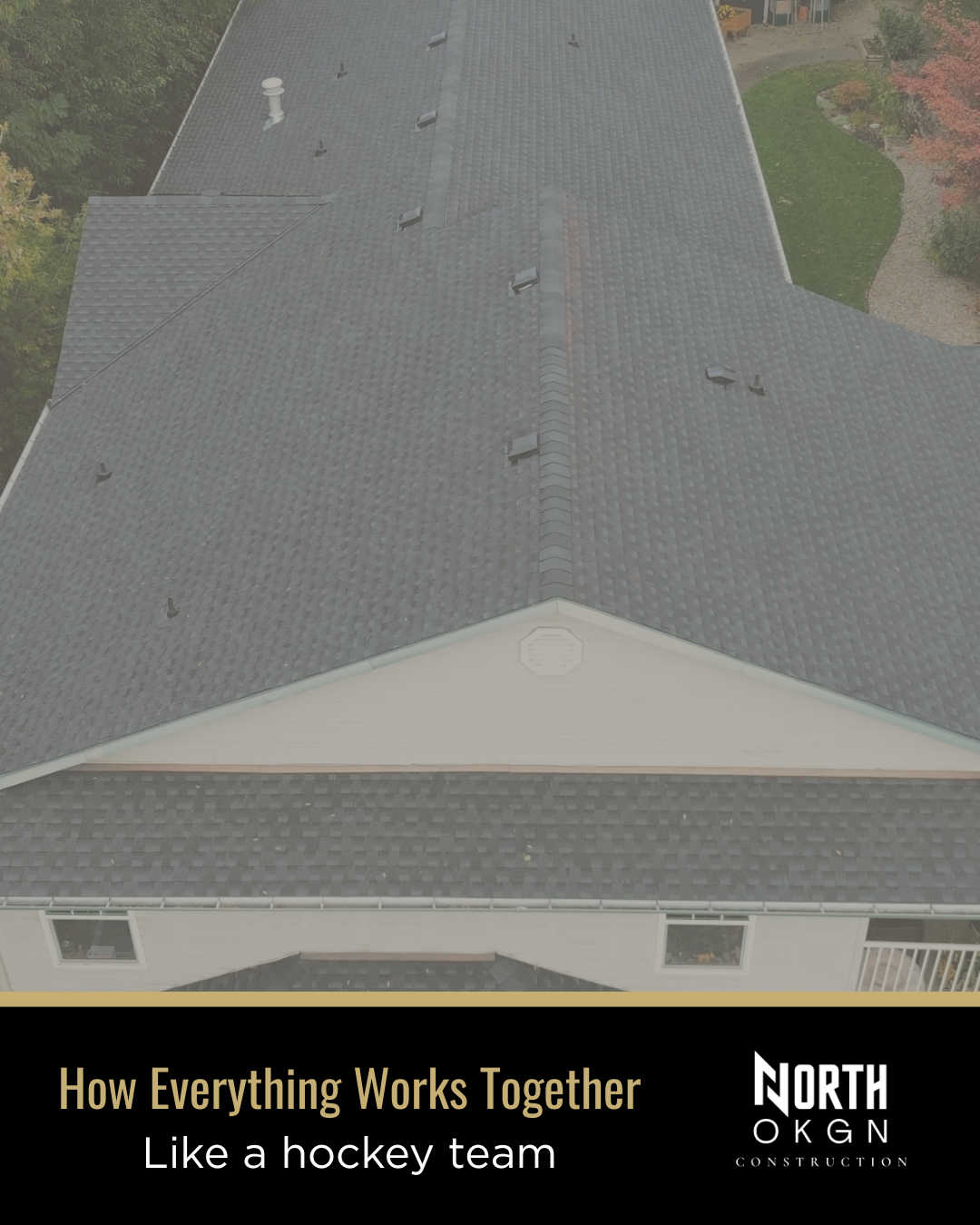Roofing Underlayment: What’s Beneath the Shingles Matters More Than You Think

Roofing Underlayment: What’s Beneath the Shingles Matters More Than You Think
Introduction: It’s What’s Underneath That Counts
Most homeowners focus on the shingles when they think about a roof—and fair enough, they’re the part you can actually see. But just like putting a raincoat on without a sweater won’t keep you warm, shingles alone aren’t enough to protect your home. That’s where roofing underlayment comes in—an unsung hero that works quietly behind the scenes to keep your home dry, warm, and safe.
Let’s peel back the layers (pun intended) and talk about what underlayment is, why it matters, and which type might be right for your roof.
What is Roofing Underlayment?
In simple terms, roofing underlayment is the layer between your roof deck (usually plywood or OSB)and your shingles. It’s like the base layer under your winter coat—it’s not flashy, but it’s doing a whole lot of work. Its main job? Acting as a secondary barrier to moisture, in case your shingles decide to let some rain sneak through.
Whether you’re dealing with wind-driven rain, ice dams, or a shingle that decided to take early retirement, underlayment is your roof’s backup plan.
Types of Roofing Underlayment (and Why One Size Doesn’t Fit All)
Not all underlayment is created equal. There are three main types: felt, synthetic, and self-adhesive (aka ice and water shield). Each has its pros, cons, and best-use scenarios. Let’s break them down:
1. Felt Underlayment (aka Tar Paper)
Old school and still kicking
What it is: Made from organic or fiberglass base soaked in asphalt.
Pros:
Affordable
Readily available
Tried and true—roofers have been using it for decades
Cons:
Heavy and harder to work with
Tears more easily, especially in wind
Less durable over time
Best for: Budget-friendly jobs or homes in dry climates where moisture isn’t a major concern.
🧰 Dad joke alert: Felt might be the OG, but in roofing terms, that stands for "Often Gets replaced."
2. Synthetic Underlayment
Modern, lightweight, and ready for anything.
What it is: Made from polypropylene or polyethylene (fancy plastics).
Pros:
Light weight and easy to install
Stronger and more tear-resistant
UV resistant if left exposed temporarily
Better water resistance
Cons:
Slightly more expensive than felt
Varies widely in quality depending on the brand
Best for: Most residential homes—especially in unpredictable or wet climates (looking at you, Okanagan).
3. Self-Adhesive / Ice & Water Shield
The Fort Knox of roofing underlayment.
What it is: A rubberized, sticky-backed membrane that bonds to the roof deck
Pros:
Seals around nails—so water can’t sneak through
Excellent for valleys, eaves, and low-slope roofs
Provides superior leak protection
Cons:
More expensive
Can be tricky to work with (once it sticks, it really sticks)
May require special prep in colder weather
Best for: Areas prone to ice dams, valleys, and anywhere you want the extra peace of mind. If leaks are the enemy, this is the moat and drawbridge.
💡 North OKGN Tip: We use a combination of synthetic underlayment for the field and ice &water shield in high-risk areas. It’s like mixing work boots and safety goggles—each has its job.
Why Is Roofing Underlayment Necessary?
Good question! After all, if your shingles are doing their job, why bother with another layer?
Because shingles aren’t perfect. Wind can lift them, nails can come loose, and weather can be unpredictable (thanks, Okanagan winters). Underlayment gives you that crucial second line of defense.
Here’s what it helps with:
·Moisture protection: Keeps rain, snow, and ice from reaching your wood deck
·Extra barrier during installation: If your shingles aren’t installed right away, underlayment keeps things protected in the meantime
·Added fire rating: Some types help improve your roof’s fire resistance
·Smoother shingle application: Provides a clean, even surface for shingles to adhere to
🏠 Translation? Underlayment keeps the inside of your house dry, cozy, and mold-free. And that’s worth its weight in asphalt.
Conclusion: Don’t Skip the Stuff You Can’t See
Roofing underlayment might not be the star of the show, but it’s the quiet unsung hero that holds the whole performance together. Whether you’re re-roofing your forever home or upgrading your rental property, investing in the right underlayment can save you from big headaches (and even bigger repair bills) down the road.
At North OKGN Construction, we believe in doing it right the first time—with the right materials and a crew that knows their valleys from their vents. We’re happy to walk you through your options and explain what we’re putting on your roof and why. No jargon, just straight talk. And maybe a few dad jokes.
👷♂️ Need a roofing quote or want to know what’s currently under your shingles? Get in touch with our team today—we’d love to help you feel confident about what’s overhead.


















